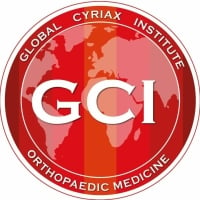Suspect a scaphoid fracture without imaging
Functional Examination of a Scaphoid Fracture
Scaphoid fractures are among the most common carpal bone injuries, typically resulting from a fall onto an outstretched hand (FOOSH). Because early symptoms may be subtle and radiographs often appear normal initially, a thorough functional examination is critical for early detection and appropriate management.
Key Components of Functional Examination
- History and Mechanism of Injury
Patients usually report wrist pain following trauma, particularly with axial loading on an extended wrist. Pain often worsens with gripping or wrist movements. - Inspection and Range of Motion
Swelling in the anatomical snuffbox or over the dorsoradial wrist may be observed. Active and passive wrist motions, especially extension and radial deviation, often provoke discomfort. - Palpation
- Anatomical Snuffbox Tenderness: The most classic sign. Palpation in this region (between the extensor pollicis longus and brevis tendons) elicits pain in most cases of scaphoid fracture.
- Scaphoid Tubercle Tenderness: Located on the volar aspect of the wrist, just distal to the radial styloid, tenderness here increases the likelihood of fracture.
- Axial Compression of the Thumb: Applying longitudinal pressure through the thumb metacarpal may provoke deep wrist pain.
- Functional Testing
- Grip Strength: Typically reduced due to pain.
- Wrist Loading Maneuvers: Pain during resisted wrist extension or radial deviation may indicate scaphoid involvement.
Clinical Implications
Even in the absence of radiographic confirmation, functional findings suggestive of a scaphoid fracture should prompt immobilization in a thumb spica cast and follow-up imaging, such as MRI or repeat X-rays after 10–14 days. Missed or untreated scaphoid fractures carry a high risk of non-union and avascular necrosis due to the bone's limited blood supply.
Conclusion
Functional examination plays a crucial role in the early detection of scaphoid fractures. When performed systematically—incorporating history, palpation, motion testing, and symptom reproduction—it provides valuable diagnostic insight and helps prevent long-term complications.
